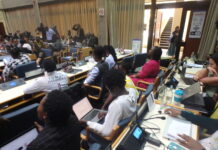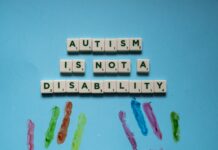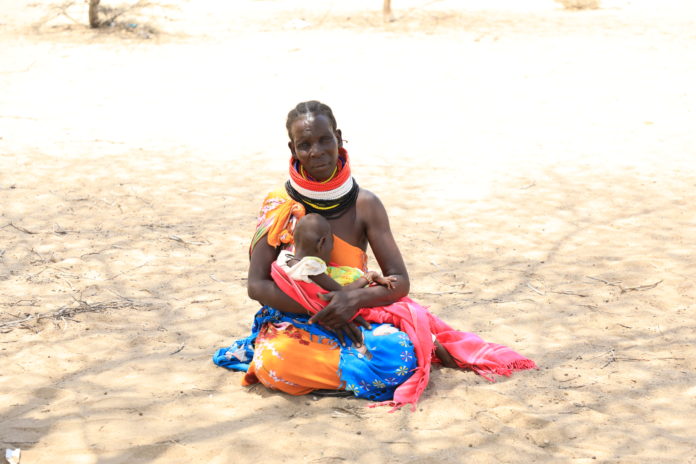
By Clifford Akumu
Nairobi, Kenya: A decade ago, a report by two aid agencies laid bare the humanitarian catastrophe caused by drought in the Horn of Africa.
The harrowing drought destroyed crops and livestock and forced huge numbers of people to leave their homes in search of food and water.
At that time, the rallying call was, “never again to famine”. Fast forward, a new report dubbed, Dangerous Delay 2: The Cost of Inaction finds that national and global responses have largely remained too sluggish and limited to prevent a repeat today.
The report by Oxfam and Save the Children further paints a grim picture noting that one person is likely to die from hunger every 48 seconds in drought-ravaged Kenya, Ethiopia, and Somalia.
In Kenya, 3.5 million people are at risk of starvation this year as delayed rains worsen an already brutal drought in the arid and semi-arid regions. The dire conditions too, have been exacerbated by the conflict in Ukraine, which has contributed to soaring food and fuel costs and disrupted global supply chains.
Millions of children’s lives are now at risk if urgent action is not taken to avert extreme hunger, the aid agencies further warned.
Yvonne Arunga, Save the Children Country Director for Kenya and Madagascar said that as of March this year the number of children aged 6-59 months requiring treatment from acute malnutrition in Kenya had increased to 755,000 representing a 15.6 percent jump compared to 653,000 in August 2021.
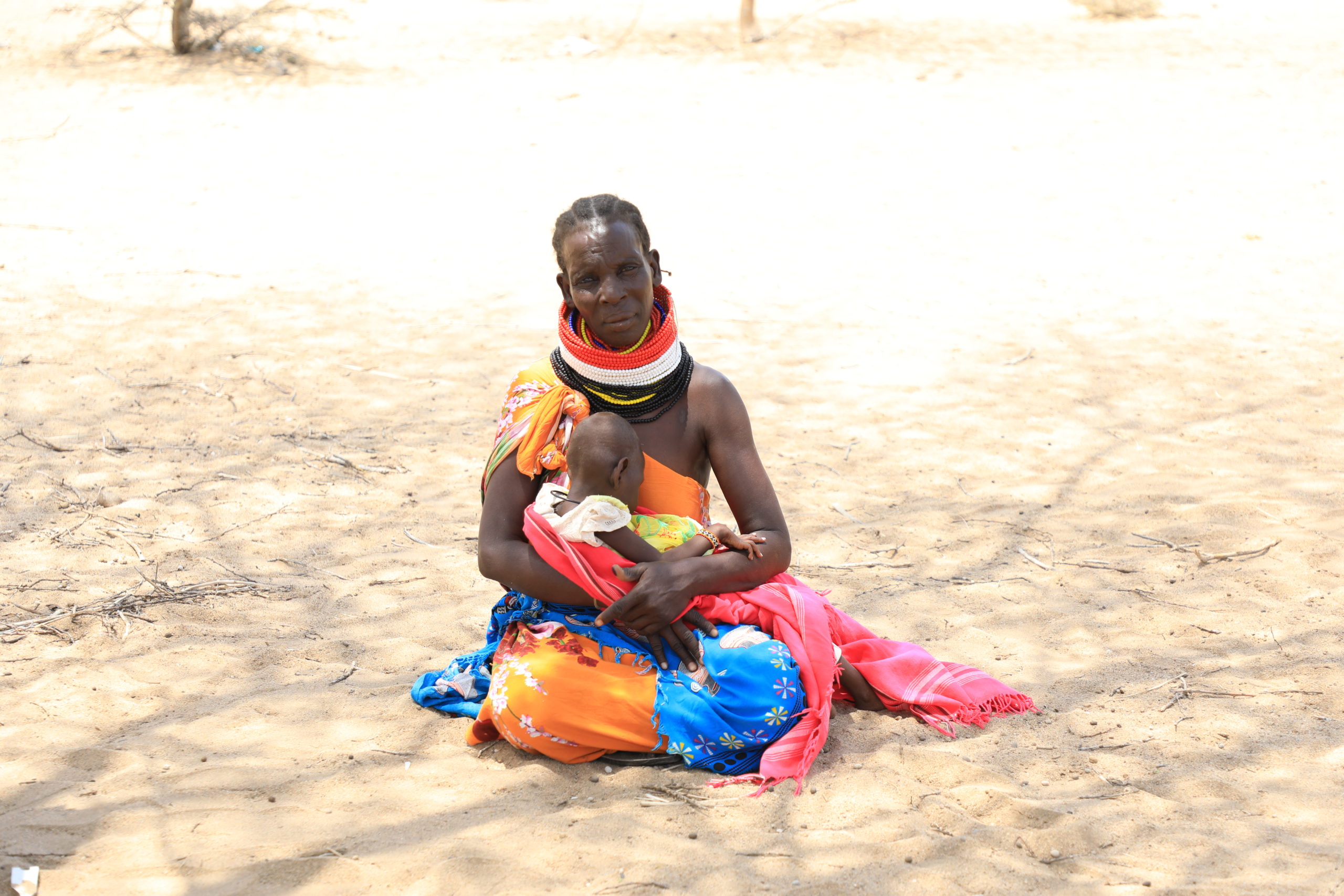
“The response is too little, too late. Every minute that passes is a minute too close to starvation and the possible death of a child. If we do not act quickly we might start losing children because many of them are already malnourished,” said Mrs. Arunga on the sidelines of the report launch in Nairobi.
She told reporters that a “very small window” exists for taking urgent action.
Across Ethiopia, Kenya, and Somalia, 5.7 million children are expected to be acutely malnourished in 2022, of which more than 1.7 million could be severely acutely malnourished.
The agencies called on the government to prioritize drought emergency funds to avert a catastrophe.
Just two percent ($93.1 million) of the current $4.4bn UN appeal for Ethiopia, Kenya, and Somalia has formally been funded to date. In 2017, those same countries had received $1.9 billion in emergency funding. Although donors promised $1.4 billion of aid last month, it is shameful that only $377.5 million of that was new money.
“It’s vital that funds are made available for timely and comprehensive support to all affected communities at all levels,” Mrs. Arunga added.
She also urged the humanitarian community, and private sector to provide immediate funding to support the government efforts in preventing the suffering of millions of children.
The aid agencies noted that the signs and warnings of an impending drought in the Horn of Africa have been there all along.
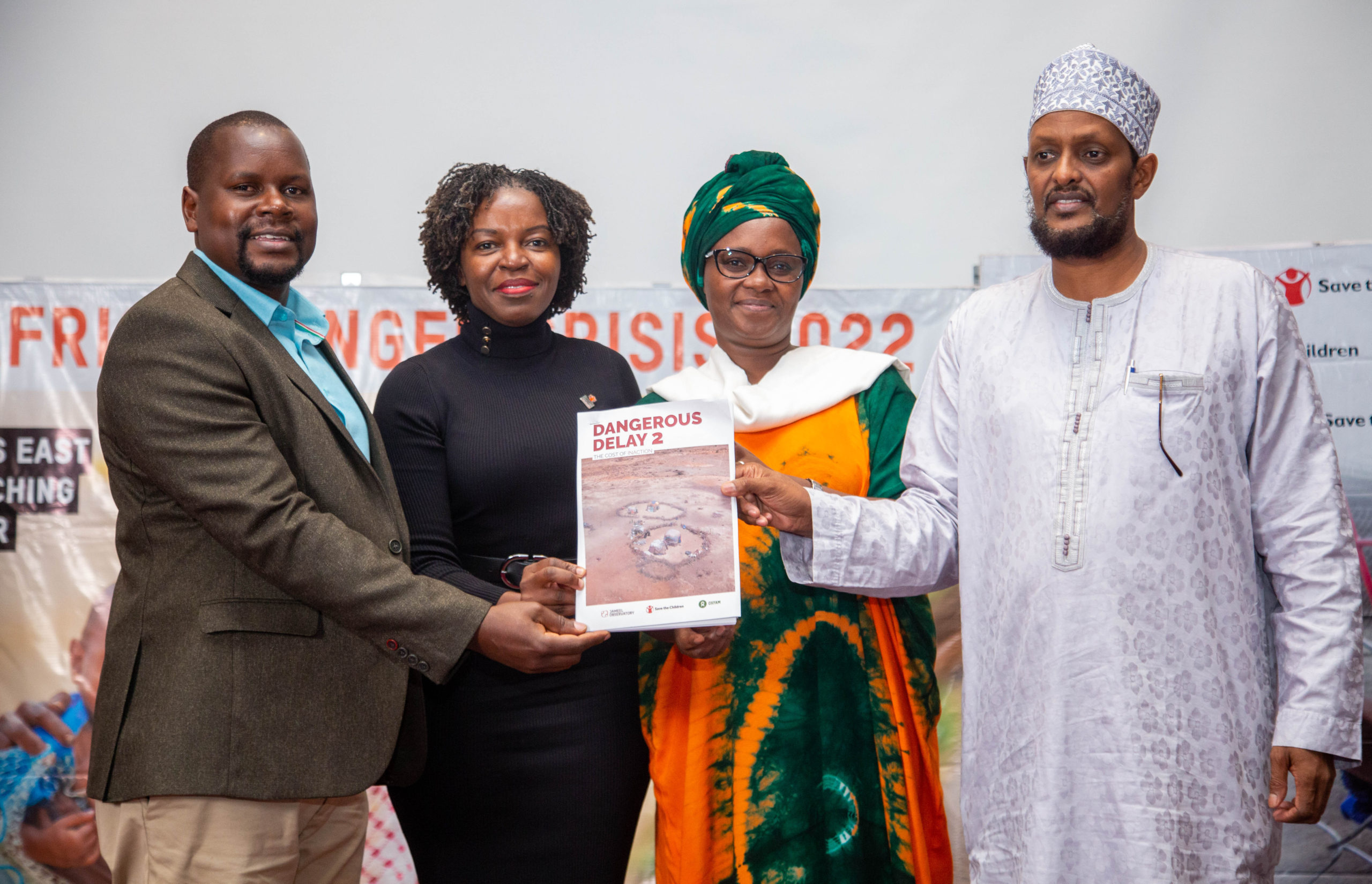
On 8 September 2021, Kenya officially declared drought in parts of the country a national disaster.
It would later on, in February 2022, be followed by another early warning by Food and Agriculture Organisation and World Food Program that acute food insecurity was likely to deteriorate further across multiple countries.
And in its May updates this year, the Famine Early Warning Systems Network (FEWSNET) projected a likelihood that just like the long rain seasons, the October to December 2022 short rains season will also be below average.
These warnings, noted Mrs. Arunga, sets the stage for an unprecedented five-season drought with an estimated 4-5 million Kenyans needing humanitarian food assistance.
“The successive droughts have pushed pastoralist’s resilience to the limit. And it is the children and women that are worst hit,” added Mrs. Arunga.
Entrenched bureaucracies and self-serving political choices continue to curtail a unified global response despite improved warning systems and efforts by local NGO’s, the report further finds.
“This drought will spiral out of control if we don’t act collectively as a nation and region. The national and county leaderships must not only respond swiftly, but also invest in food security, diversified livelihoods options, and stronger social protection systems as pillars of resilience to cushion Kenyans who face hunger and starvation in every drought cycle,” said Oxfam in Kenya Country Director, Dr. John Kitui.
The report also urged governments of Kenya, Ethiopia and Somalia must scale up social protection to help people cope with multiple shocks.
Dr Kitui urged the government to increase the amount each household receives in the Inua Jamii Program and also increase the category of its recipients.
“When households receive the money which is about Kshs 8, 000, they still share it among their neigbourhoods and extended families hence the need to a ‘universal access to cash assistance,” noted Dr Kitui.
Margaret Kivuvi, Pastoralist Girls Initiative (PGI)-a not-for-profit that champions women pastoralists’ rights in ASAL region said that the burden of the ongoing drought on women is enormous.
Kivuvi noted that her organisations has seen an increase in early marriages due to the ongoing drought in the North. In addition, most water sources that have usually been resilient to climate variability have dried up in parts of Northern Kenya, she said.
“We need to address the needs of women and girls in our communities. Tackle the inequalities and accommodate women at the decision making table,” said Kivuvi.

